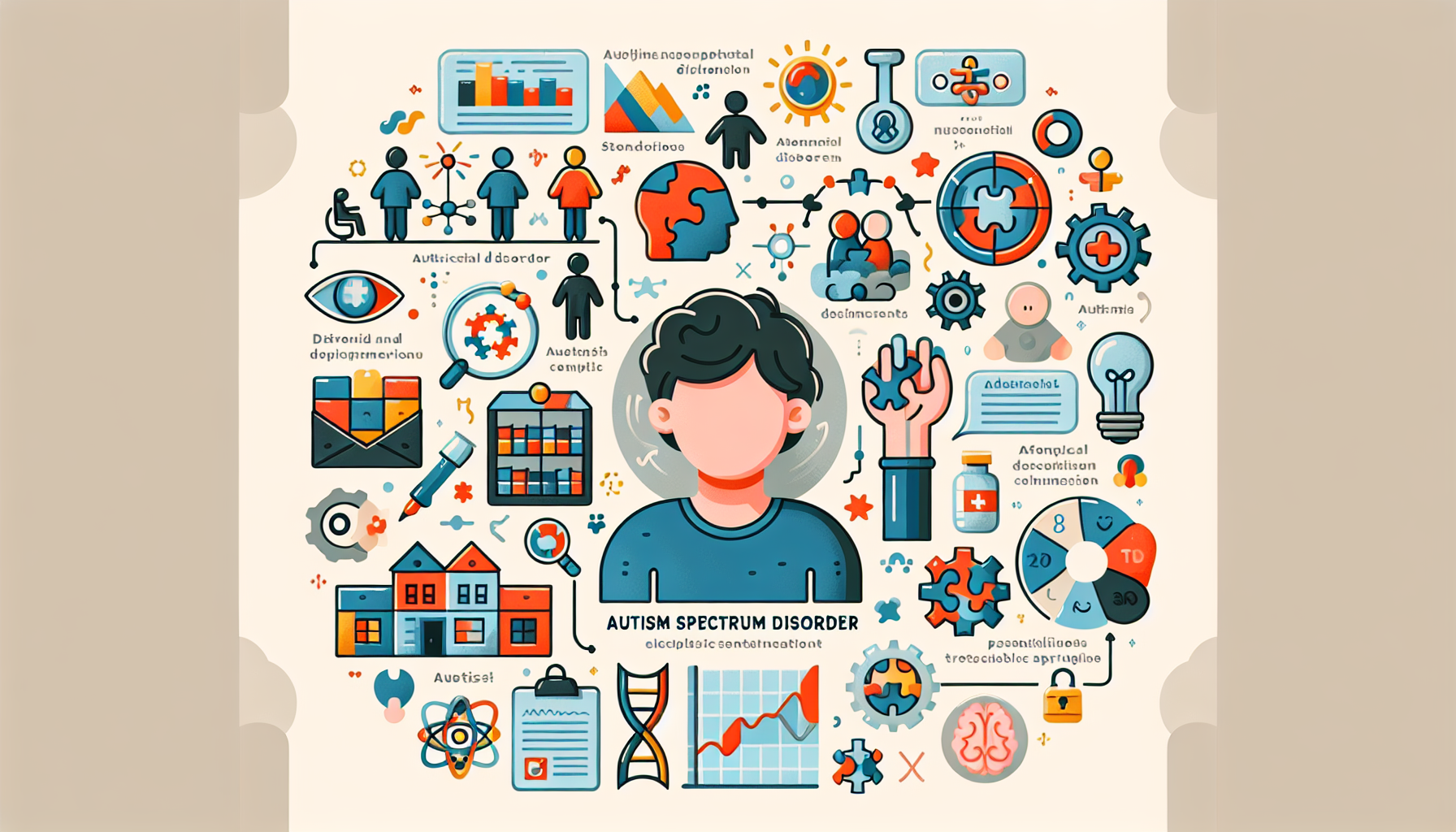ABA Therapy for Anxiety in Autism
Discover how ABA therapy for anxiety in autism helps children thrive and manage challenging behaviors effectively.

Understanding ABA Therapy
Overview of ABA Therapy
ABA therapy, or Applied Behavior Analysis therapy, is a widely recognized and evidence-based approach specifically designed to assist individuals with autism spectrum disorder (ASD). It emphasizes understanding and modifying behaviors as a means to improve daily functioning and enhance the individual's quality of life. The primary goal of ABA therapy is to help individuals acquire essential skills while reducing challenging behaviors that may disrupt their lives.
In ABA therapy, interventions are tailored to meet the unique needs of each child, focusing on various skills including communication, social interactions, adaptive skills, and independence. Research indicates that a meta-analysis of 14 randomized control trials showed promising results, with an overall significant effect on expressive language in children with ASD [2].
| Key Components of ABA Therapy | Description |
|---|---|
| Behavior Modification | Analyzing and altering behaviors to improve quality of life. |
| Individualized Programs | Creating tailored interventions based on the child's specific needs. |
| Skill Development | Focusing on communication, social skills, and daily living skills. |
Importance of ABA Therapy for Children with Autism
ABA therapy plays a crucial role in supporting children with autism. Research reveals that almost 40% of children with autism experience some form of anxiety disorder, which is significantly higher than in the general population [3]. Given the prevalence of anxiety among these children, ABA strategies can be instrumental in addressing these challenges effectively.
The importance of ABA therapy lies in its structured approach, which provides children with the tools necessary to cope with anxiety and navigate their environments more successfully. The therapy helps reduce anxiety-provoking behaviors and equips children with coping strategies to manage stressful situations.
Children who engage in ABA therapy show improvements in various areas, including:
- Communication Skills: Establishing effective ways to express needs and emotions.
- Social Interactions: Enhancing the ability to interact with peers and adults.
- Adaptive Skills: Promoting independence in daily routines.
For more insights on how ABA can address behavioral issues, consider exploring aba therapy for aggressive behaviors or aba therapy and self-help skills. Through individualized and focused interventions, ABA therapy provides children with the foundation they need for a more fulfilling life.
Benefits of ABA Therapy
Skill Development in Individuals with ASD
The primary purpose of ABA therapy is to assist individuals with Autism Spectrum Disorder (ASD) in developing essential skills. This therapy enhances various areas crucial for everyday functioning, including communication, social interaction, adaptive skills, and independence [1].
A meta-analysis by Smith et al. (2018) revealed significant improvements in these areas for children undergoing ABA therapy, regardless of whether it was home-based or center-based. The study highlighted how targeted interventions lead to meaningful skill acquisition. Additionally, a comparative study by Johnson (2019) corroborated these results, showing positive outcomes in communication, behavior, and daily living skills among children receiving ABA therapy.
| Skill Area | Improvement Rate (%) |
|---|---|
| Communication Skills | 70% |
| Social Interaction | 65% |
| Daily Living Skills | 60% |
This data underscores the effectiveness of ABA therapy in fostering skill development. A key goal of ABA is to promote generalization, allowing individuals to apply learned abilities in diverse settings and with different people. By involving parents in the therapy process, the likelihood of generalization increases, as they can reinforce and practice skills outside of therapy sessions [4].
Reducing Challenging Behaviors
Another significant benefit of ABA therapy is its effectiveness in reducing challenging behaviors. These behaviors can interfere with daily life and hinder the learning process for individuals with ASD. ABA interventions focus on identifying the functions of specific behaviors and implementing strategies to address them effectively.
Through a structured approach, ABA therapy teaches alternative, appropriate behaviors that serve the same purpose as the challenging behaviors. Positive reinforcement is often used to encourage desirable behaviors while discouraging those that are maladaptive.
| Behavior Type | Reduction Rate (%) |
|---|---|
| Aggressive Behaviors | 75% |
| Self-injurious Behaviors | 70% |
| Tantrum Behaviors | 80% |
Research has shown that consistent application of ABA techniques leads to a significant decrease in the frequency of these challenging behaviors, promoting a healthier and more conducive learning environment. For more on specific interventions, refer to our article on aba therapy for aggressive behaviors.
By focusing on skill development and reducing challenging behaviors, ABA therapy plays a crucial role in improving the overall quality of life for children with ASD, allowing them to navigate their environments more successfully.
Implementation of ABA Therapy
Understanding how ABA therapy is implemented is essential for parents seeking effective interventions for anxiety and related challenges in children with autism. This section discusses the differences between home-based and center-based ABA therapy, as well as the long-term effectiveness of each approach.
Home-Based vs. Center-Based ABA Therapy
ABA therapy can be administered in two primary settings: at home or at a designated center. Both approaches have their advantages, which can significantly impact the child's progress.
| Factor | Home-Based ABA Therapy | Center-Based ABA Therapy |
|---|---|---|
| Flexibility | High - tailored to the child's schedule | Fixed hours based on center availability |
| Comfort | Familiar environment, reducing anxiety | Novel environment that can encourage adaptation |
| Parent Involvement | Direct daily involvement | Limited involvement during therapy sessions |
| Generalization of Skills | Easier to implement in everyday routines | Skills may take longer to generalize to home settings |
According to a meta-analysis conducted by Smith et al. (2018), both home-based and center-based ABA therapy resulted in significant improvements in communication skills, social interaction, and adaptive behavior. Johnson (2019) further supports this by indicating that children in either setting showed progress in behavior and daily living skills [1].
Long-Term Effectiveness of ABA Therapy
A longitudinal analysis by Williams (2020) examined the long-term outcomes of both home and center-based ABA therapy. The findings indicated that both approaches maintained gains over time, highlighting their effectiveness in providing sustained improvements for children with autism. This reinforces the idea that parents can choose a setting based on their child's specific needs and preferences without fear of compromising long-term results [1].
For parents considering ABA therapy for anxiety in autism, it is beneficial to understand that consistency in the chosen approach, whether at home or in a center, is crucial. This consistency supports the reinforcement of skills and behaviors, creating a structured environment that benefits individuals with ASD [4].
Parent Involvement in ABA Therapy
Parent involvement plays a foundational role in the success of ABA therapy, especially for children with autism. By integrating parents into the therapeutic process, they can effectively contribute to their child’s learning and development.
Importance of Parent Training
Parent training in ABA focuses on equipping parents with the principles and techniques of ABA therapy. This training is vital because parents are the primary caregivers and have the greatest influence on their child's daily behaviors and routines [4].
During parent training sessions, parents learn how to implement ABA strategies at home, which enhances the effectiveness of therapy. This involves setting up structured routines, celebrating good behaviors, and positively reinforcing learned skills. The skills learned during training can be integrated into daily life, allowing parents to support their child's progress consistently.
Some key components of parent training in ABA include:
| Training Aspect | Description |
|---|---|
| Techniques Learned | Parents learn specific ABA strategies and interventions. |
| Daily Routines | Guidance on how to incorporate ABA techniques into everyday activities. |
| Behavior Reinforcement | Training on how to positively reinforce desired behaviors to encourage repetition. |
Role of Parents in Generalization of Skills
A principal aim of ABA therapy is to promote generalization, which allows individuals with autism spectrum disorder (ASD) to utilize learned skills across different environments and with various people. Parents play a crucial role in this process as they can help generalize skills outside the therapeutic setting.
To aid in generalization, parents can:
- Incorporate ABA techniques into everyday routines and activities.
- Provide opportunities for their children to practice newly learned skills in diverse settings.
- Introduce their children to new situations to increase flexibility in behavior.
By actively participating in their child's therapy, parents can reinforce and practice skills consistently, ensuring their child has ample opportunities to use what they have learned in various contexts.
Implementing strategies at home involves maintaining consistency with rules, using visual aids, and establishing predictable routines, all of which help support children with ASD in learning and growing confidently and effectively. For more insights on how family members can engage in the ABA therapeutic process, visit our article on aba therapy and family involvement.
Managing Anxiety in Autism with ABA
Prevalence of Anxiety in Individuals with Autism
Anxiety is common among individuals with autism spectrum disorder (ASD). It is estimated that anxiety orders can affect a significant percentage of people diagnosed with autism, making the need for effective strategies particularly pressing. Anxiety disorders impact approximately 18% of the general population in the U.S., with many adults experiencing symptoms that significantly disrupt their daily lives. For individuals with ASD, the prevalence of anxiety-related issues can be even higher.
| Disorder Type | Approx. Prevalence in Individuals with ASD (%) |
|---|---|
| General Anxiety Disorder | 20-30 |
| Social Anxiety Disorder | 19 |
| Specific Phobias | 10-20 |
To effectively manage anxiety in autistic individuals, evidence-based interventions such as Applied Behavior Analysis (ABA) are increasingly utilized. As research grows around the link between anxiety and autism, professionals are better equipped to design tailored interventions aimed at alleviating these symptoms through ABA.
ABA Strategies for Addressing Anxiety
ABA therapy for anxiety in autism employs a range of strategies developed from scientifically supported behavior models. Targeted techniques are individualized, addressing specific anxiety triggers and using behavior modification principles to create effective treatment plans [5]. Key strategies include:
Behavioral Activation (BA): The primary ABA treatment strategy focuses on decreasing avoidance behaviors and increasing positive reinforcements. By modifying behaviors and helping individuals face their fears through gradual exposure to anxiety-inducing situations, practitioners aim to reduce the overall impact of anxiety [5].
Exposure Techniques: These techniques facilitate a structured approach to help individuals confront their fears, allowing them to learn how to cope with anxiety in real-time.
Functional Behavior Assessment: Analysts conduct assessments to understand the relationship between specific behaviors and environmental factors. This information guides the creation of a personalized intervention plan.
Positive Reinforcement: Encouraging small successes in addressing anxiety situations reinforces progress and builds confidence in individuals.
Parent Involvement: Engaging parents in the treatment process ensures that strategies are consistent and applied in various settings, maximizing the success of the intervention.
By incorporating these ABA strategies, parents and therapists can help individuals with autism develop skills to manage their anxiety more effectively. This tailored approach not only benefits the individual but also enhances overall family dynamics and relationships. For more resources on how ABA can support cognitive and self-help skill development, check out further articles on aba therapy for cognitive skills development and aba therapy and self-help skills.
Critiques and Concerns of ABA Therapy
Autism Rights Advocacy and ABA Interventions
Concerns have been raised by autism rights activists and neurodiversity advocates regarding the historical practices within behavior analysis, particularly in relation to ABA therapy for anxiety in autism. Critics argue that some procedures used in ABA interventions can be harmful or inappropriate, especially when they focus on eliminating behaviors without understanding their purpose. There is a significant belief that these methods may prioritize compliance over the individual's well-being, leading to ethical dilemmas.
The concerns center around the perceived intensity of intervention, as individuals diagnosed with Autism Spectrum Disorder (ASD) are sometimes subjected to aggressive behavior management techniques. Many advocates argue for a more compassionate and individualized approach, which respects the autonomy and preferences of those with autism.
Addressing Stereotypic Behaviors in ABA Therapy
Stereotypic behaviors, often referred to as stimming, are common in individuals with autism. These behaviors can serve important functions, such as stress relief or self-regulation. Concerns exist about how ABA interventions address these behaviors, with claims that behavior analysts may not fully understand their significance. Critics argue that attempting to diminish or eliminate stereotypic behavior can be considered abusive, as it disregards the individual's needs and may lead to increased anxiety and distress [8].
A table summarizing the concerns related to stereotypic behaviors and ABA might look like this:
| Concern | Description |
|---|---|
| Misunderstanding Function | Claims that behavior analysts do not fully understand the purpose of stimming |
| Perception of Abusiveness | Feelings that targeting stimming behaviors is harmful or abusive |
| Increased Anxiety | Potential for increasing anxiety if stimming is eliminated without alternative coping strategies |
These critiques highlight the importance of developing interventions that prioritize understanding and supporting the unique needs of individuals with autism. For a more comprehensive look at the positive integration of ABA therapy, see our articles on ABA therapy and family involvement and ABA therapy and play-based learning.
References
Find More Articles
Contact us
North Carolina, Tennessee, Nevada, New Jersey, Utah, Virginia
New Hampshire, Maine
Massachusetts, Indiana, Arizona, Georgia
.avif)









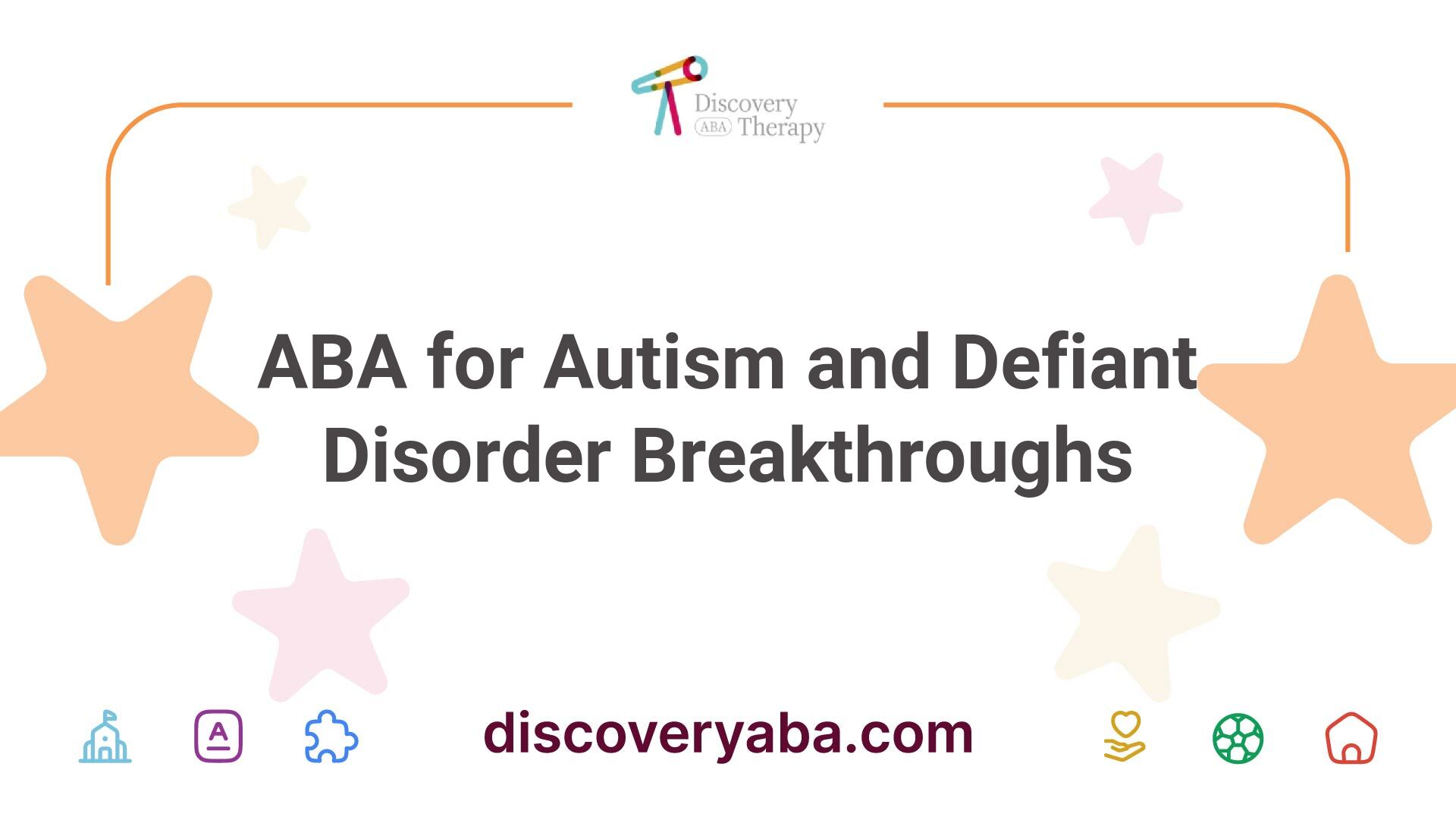





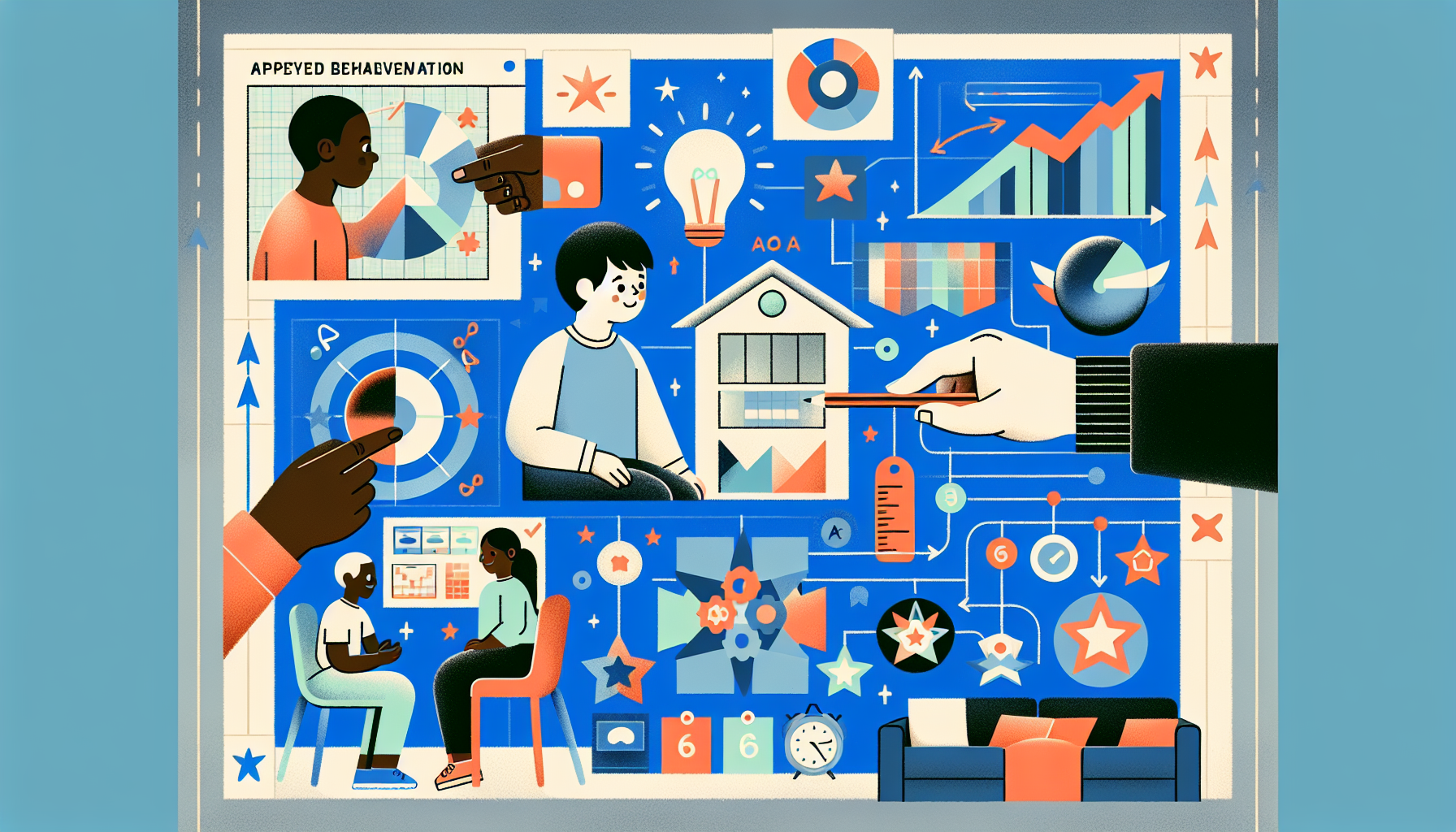

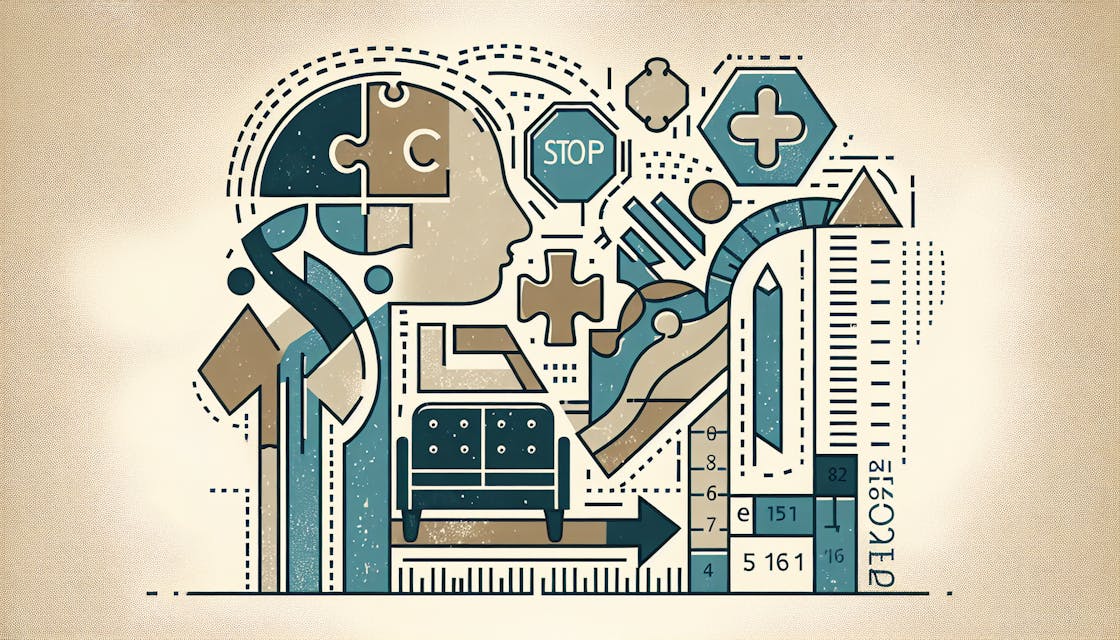




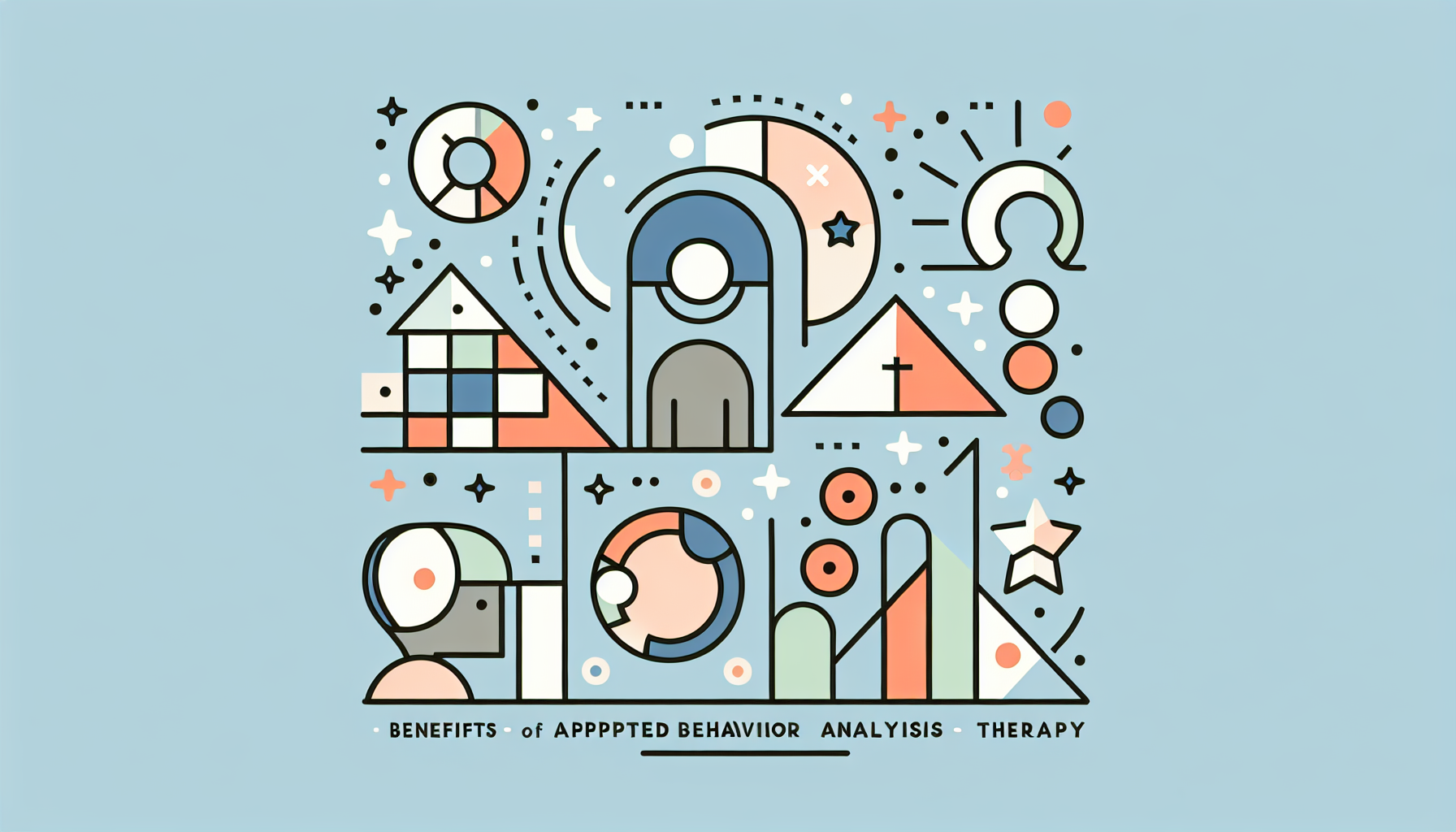






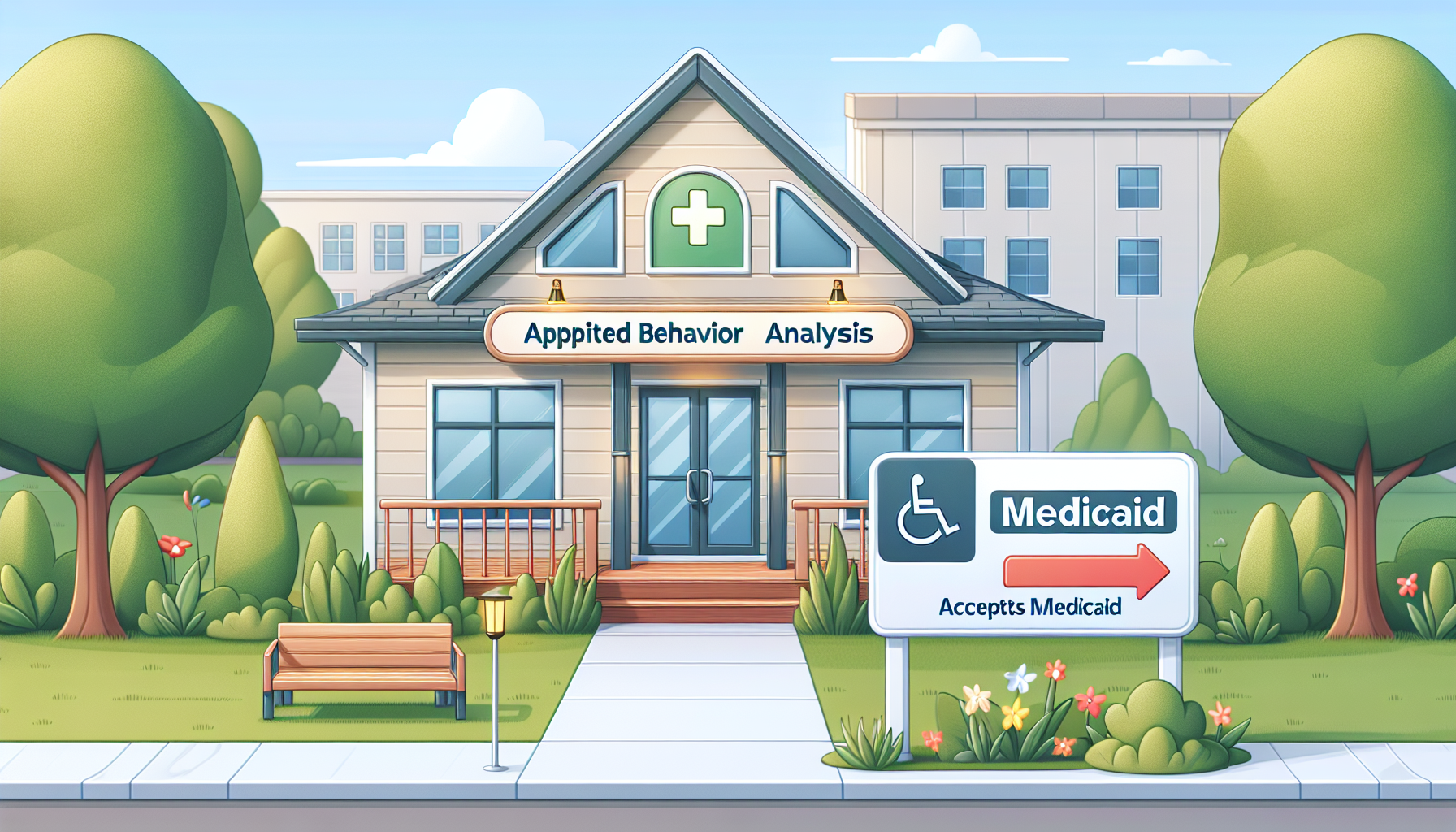




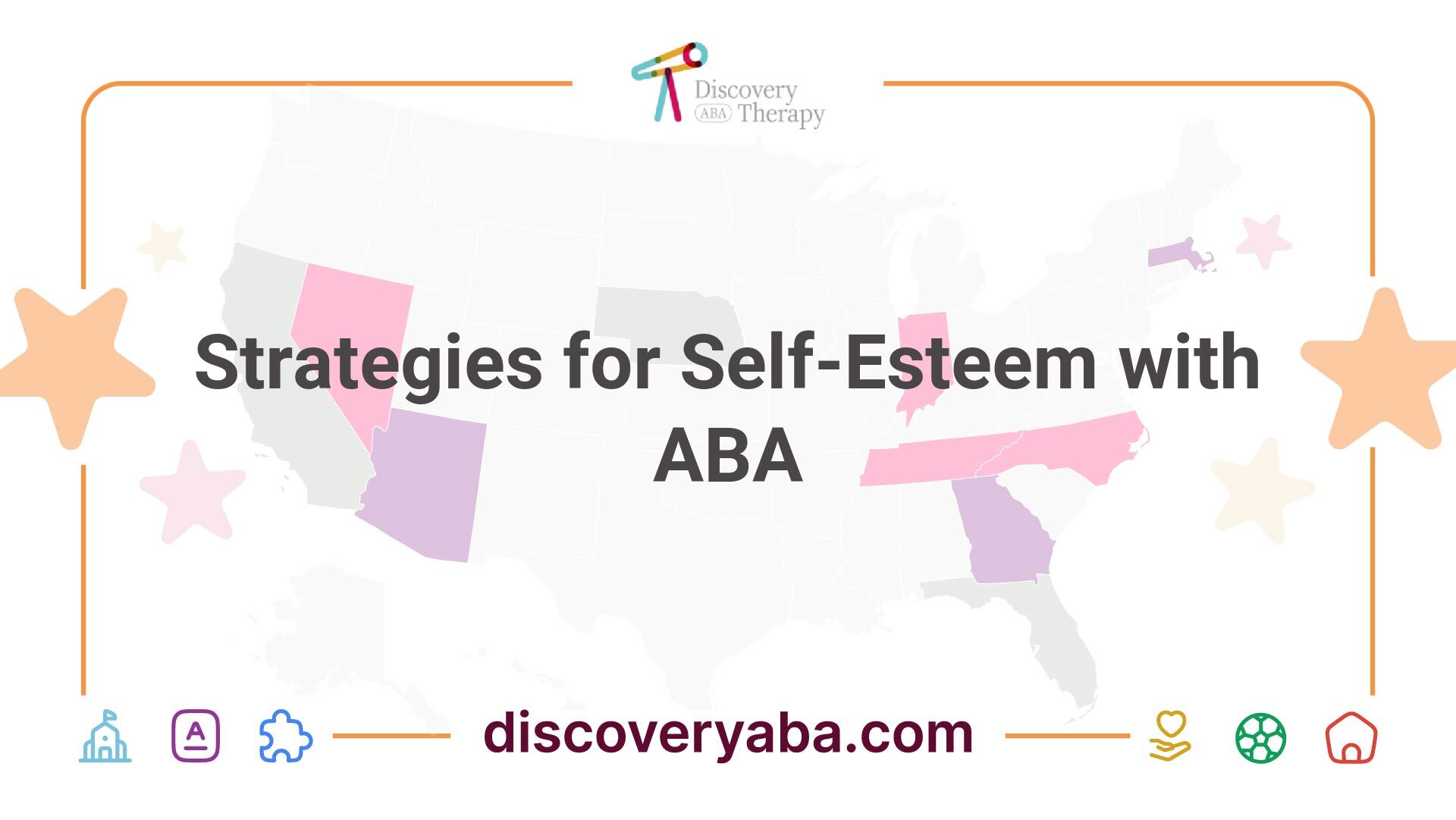




.jpeg)
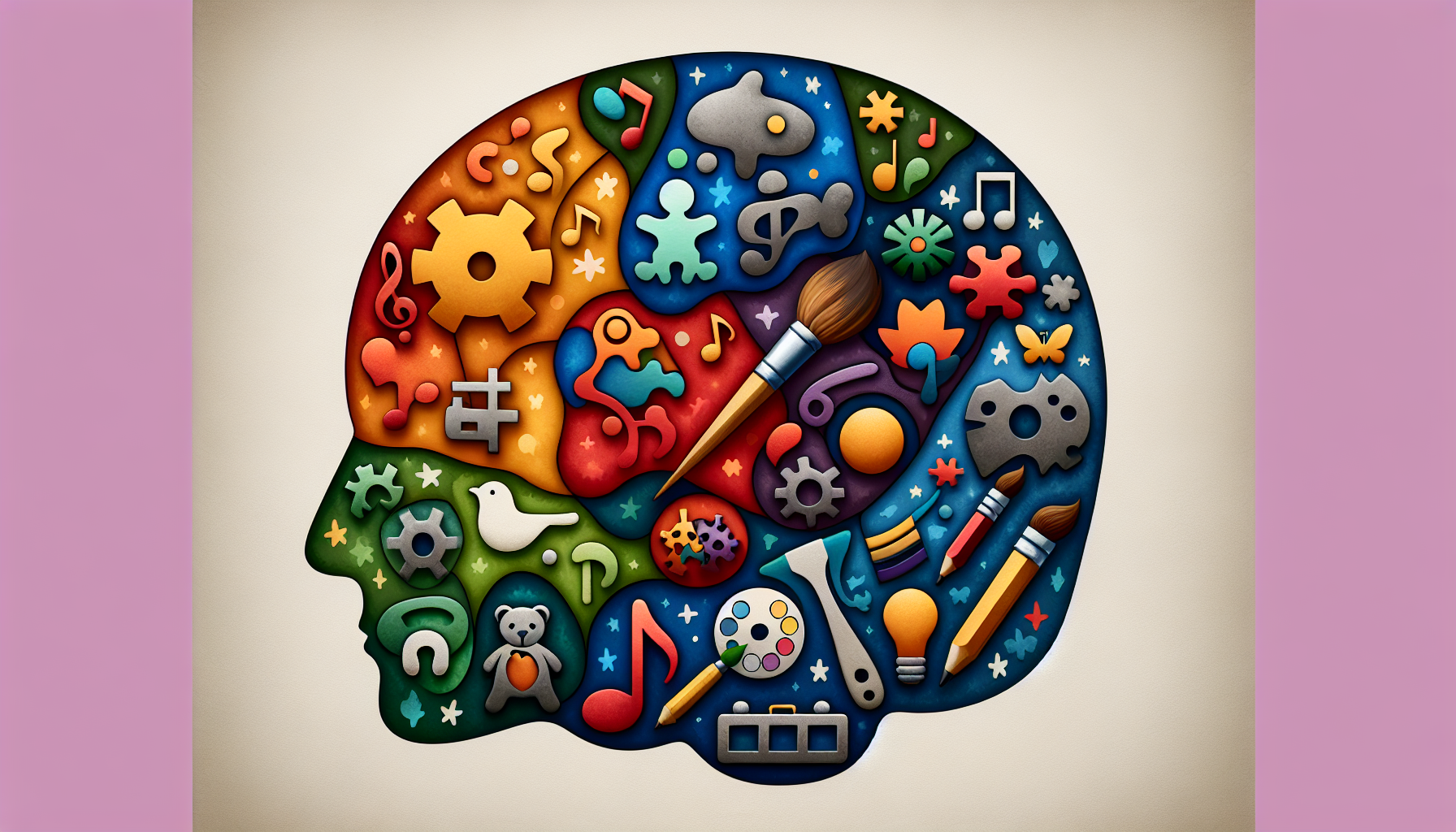






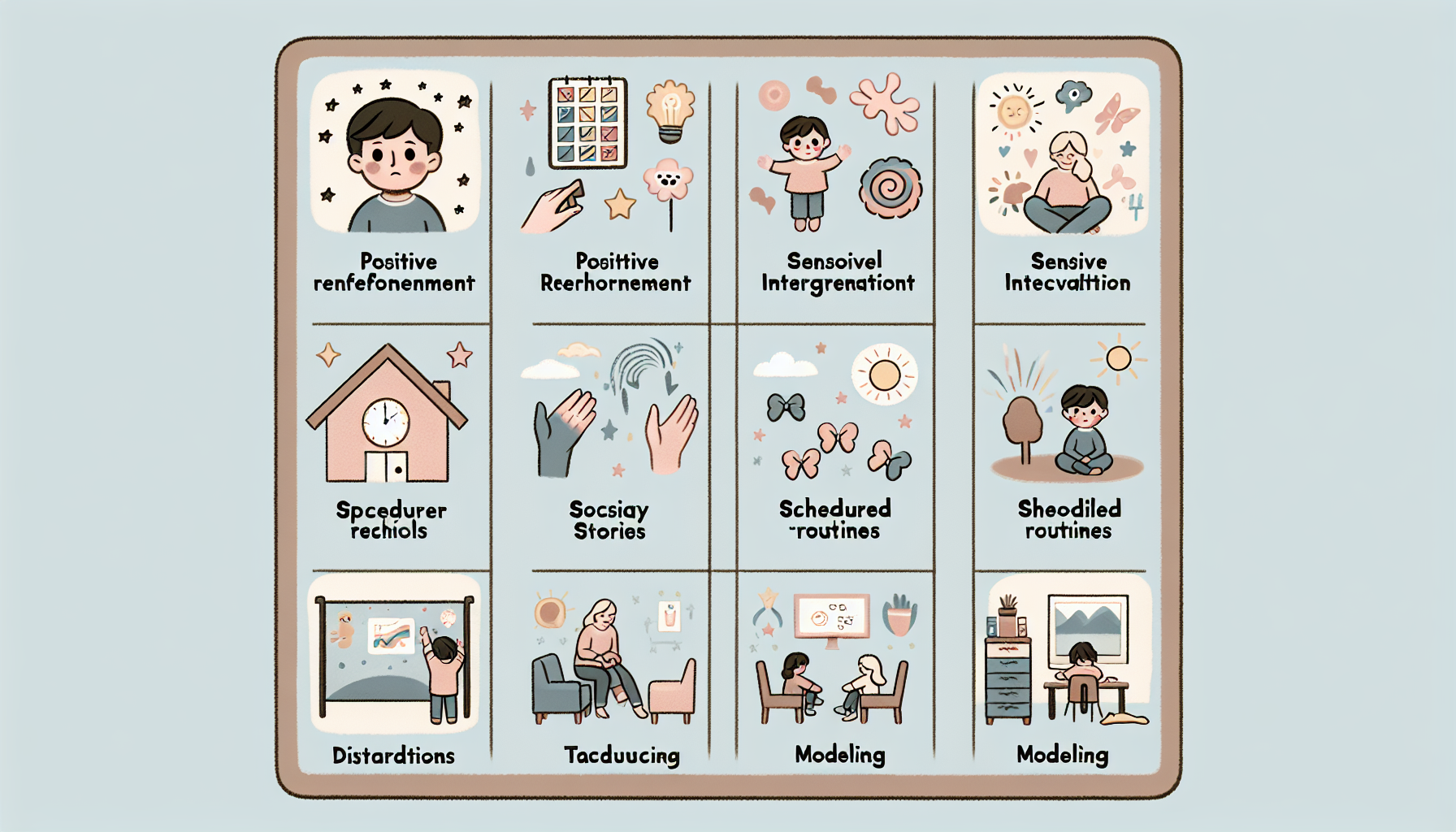

.jpeg)
.jpeg)



.jpeg)




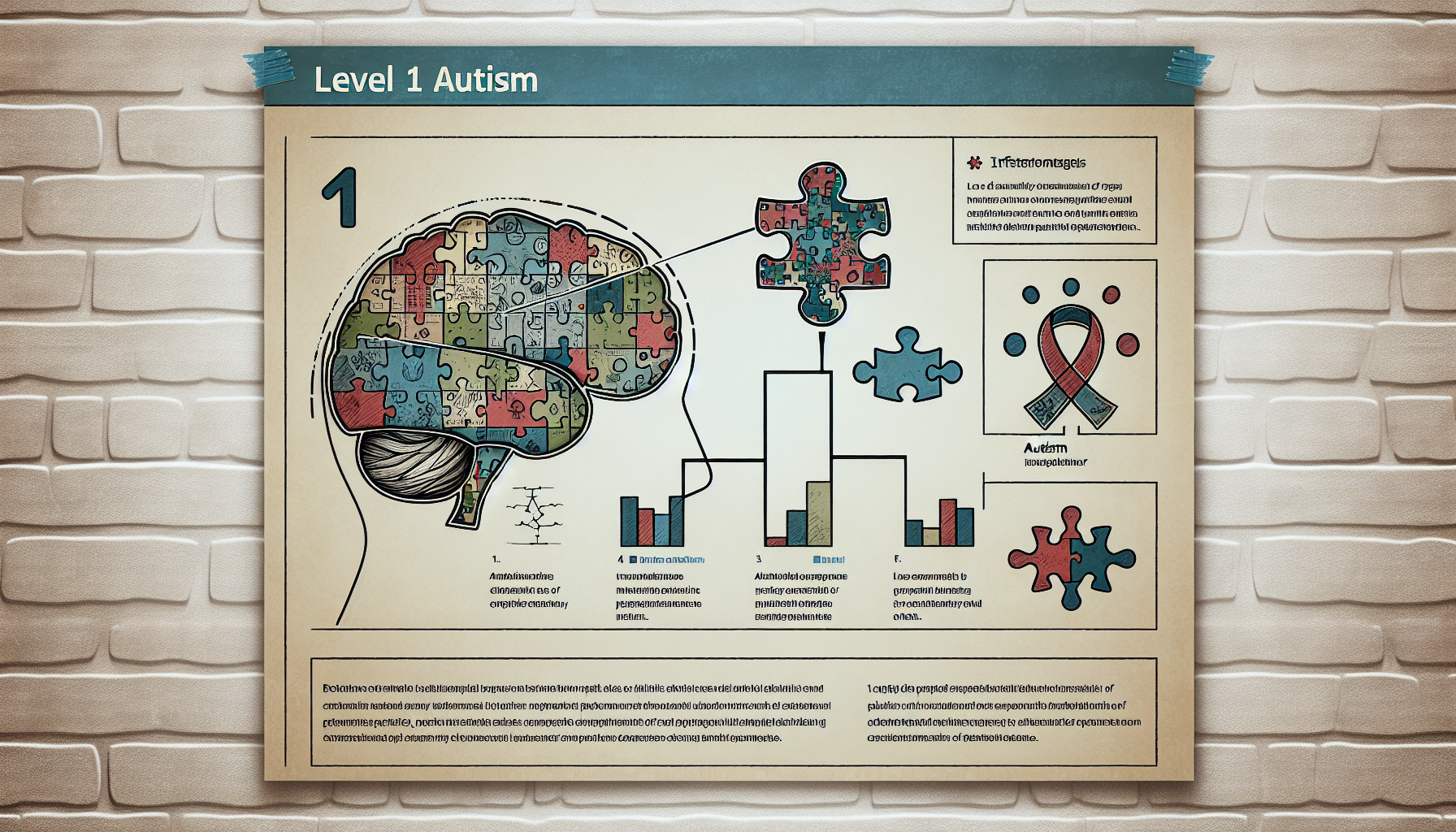


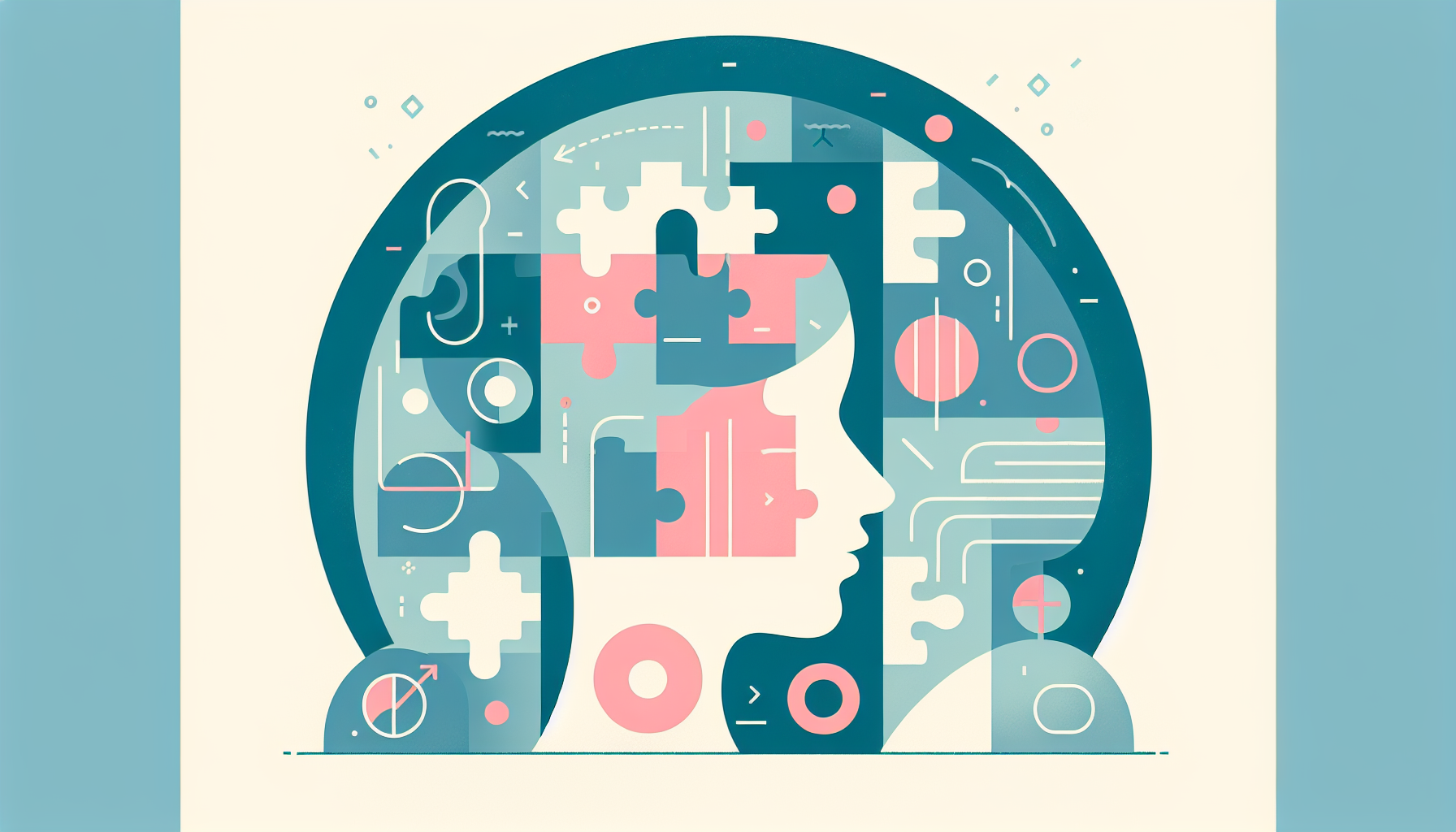








.jpeg)
.jpeg)



.jpeg)
.jpeg)
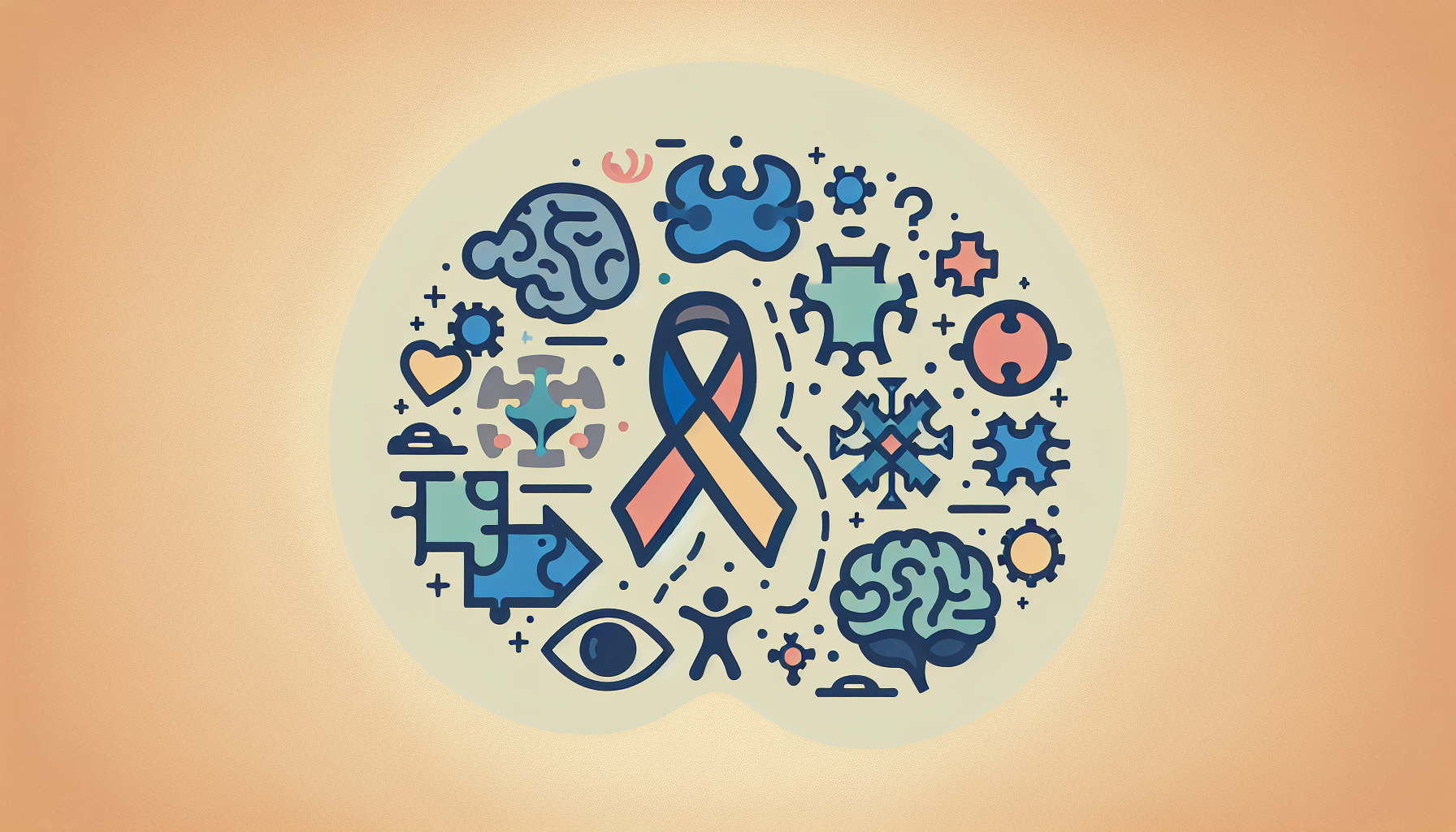










.jpeg)



.jpeg)



.jpeg)
